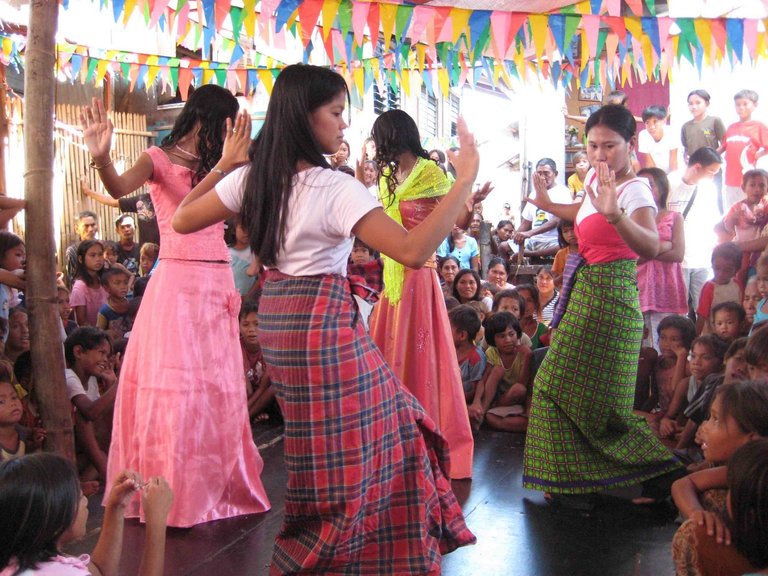
The Badjao tribe commonly known as nomadic sea people or sea gypsies. They are mostly existing in South East Asia including Malaysia, Indonesia and Philippines. Way back before 1960's most of them only lived in the house boats. The lived their whole lives in the boats. The ocean and everything in it and surrounds it serve as a playground for Badjao kids. In the Philippines, they originally come from Southern Part of the Philippines, Sulu. They later moved to places and happened to have massive community here in the Province of Cebu.
Hello itinerants all over the world and steemit community! Today, I will be posting a sort of chronicled experiences I had regarding a traditional Badjao Wedding and a glimpse of their culture based on how I learned it through visiting their place here in Cebu. It just so happened that just recently I got invited by my friend to witness a traditional Badjao wedding. I found it really interesting since it's my first time to visit the community and it's just such a multi-cultural experience to be part of the special gathering.
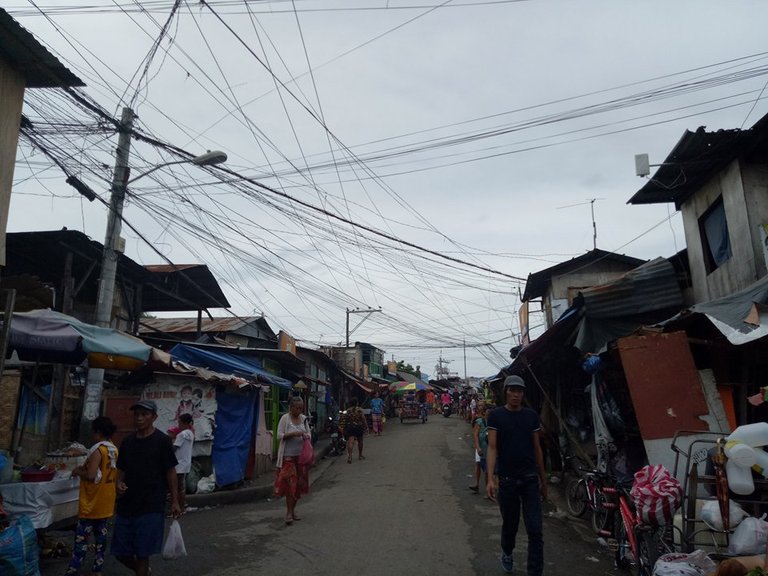
Most of the Badjao community is located at Candido Padilla Street near the Gaisano Grand Mall Jai-Alai. It's my second time visiting the place but little did I know that Badjao Community lives here. We arrived at the place around 11:00 AM and we headed straight to our friend's house Shaima Mokaddam Matsuda and Hiro Matsuda. It's actually my first time to meet the couple in person but been hearing their names and even seen them on pictures with our common friends.

It was such a very challenging journey but fun. Before going to the area my friend already gave me a heads up that the way there will never be easy. We will be like acrobats, she added. Literally, we were doing acrobatics for the way there is very narrow and only connected with tiny wooden bridges that can only be utilized by people one at a time for it may be broken down. Gladly we made it.
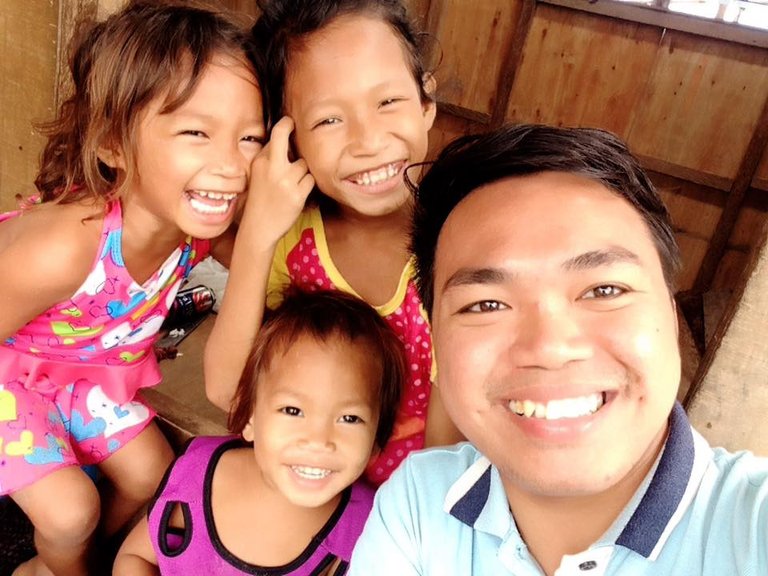
While waiting for Shaima Mokaddam Matsuda and Hiro Matsuda outside their house, I stumbled upon with these cute Badjao Kids. Meet Bea, Grazilda and Barandalla.
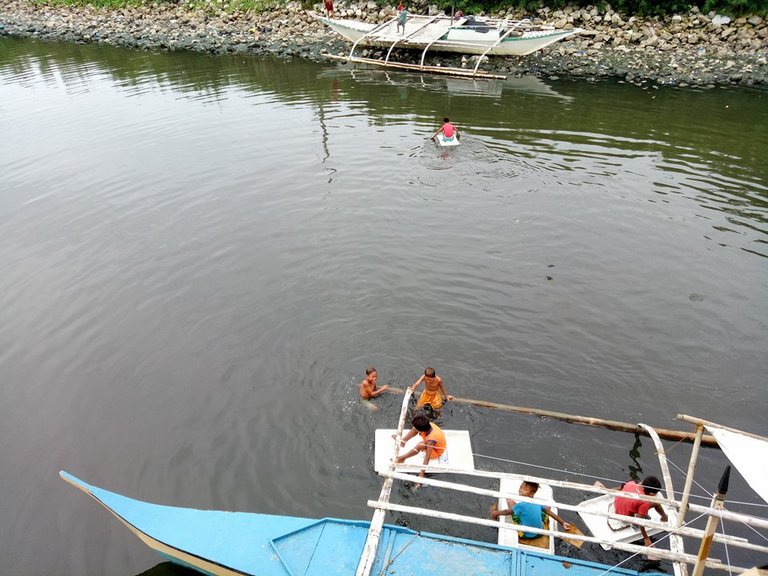
Truly that the sea and boat serve as a playing ground for the Badjao kids. It's part of their culture. It's something that we cannot take out from them. The sea seems to play an important to them. Knowing that it's part of their day to day living. Actually there's a relocation site built near their area which is funded by Irish community. The woman told that some of their fellow Badjaos prefer to live near the water specially the elders for it's something that they got used to. Living in a nippa hut, wooden walls, tables and chairs, fishing as their means of living and being freed near the ocean are ones which truly matter to them which is something that cannot be taken out from their culture.
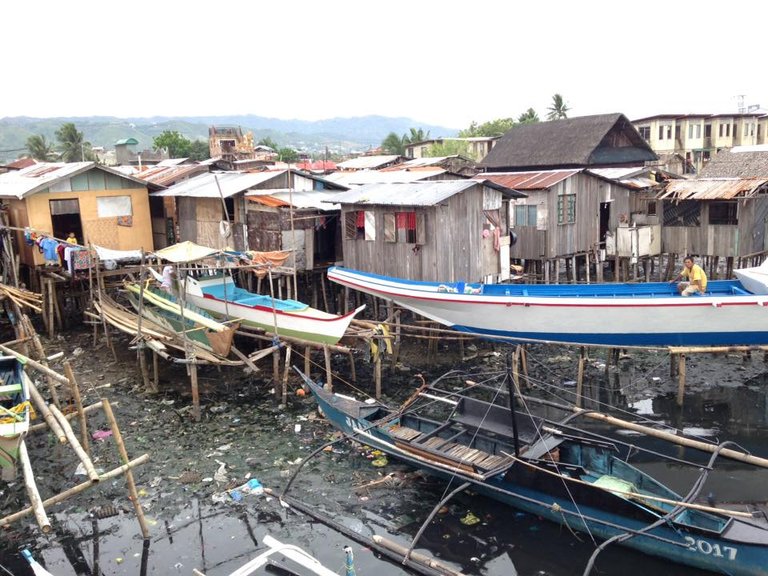
Our friends Shaima Mokaddam Matsuda and Hiro Matsuda is currently living in a coastal area. By the way Shaima Mokaddam Matsuda is a Badjao girl who got married with a Japanese guy Hiro Matsuda. Unfortunately I was not able to attend their wedding. They also had a traditional Badjao wedding. It's just so saddening to know that the place is being occupied with garbage's from different areas in Cebu which are only being brought in their place by the current of the water as what Shaima told us. I hope people throwing their garbagese into the ocean, lakes or rivers would fathom that there are lives that are affected by their inhumane actions.
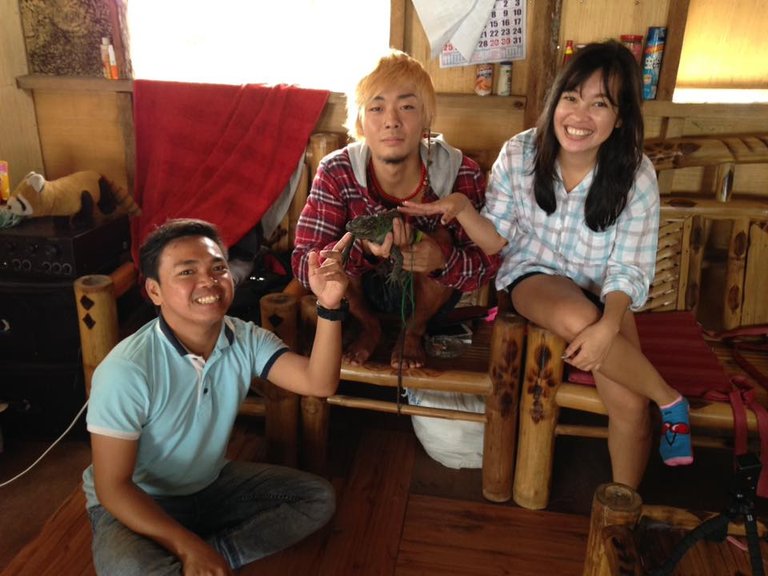
I am just so thankful to Hiro Matsuda for letting us take photos of his pets.
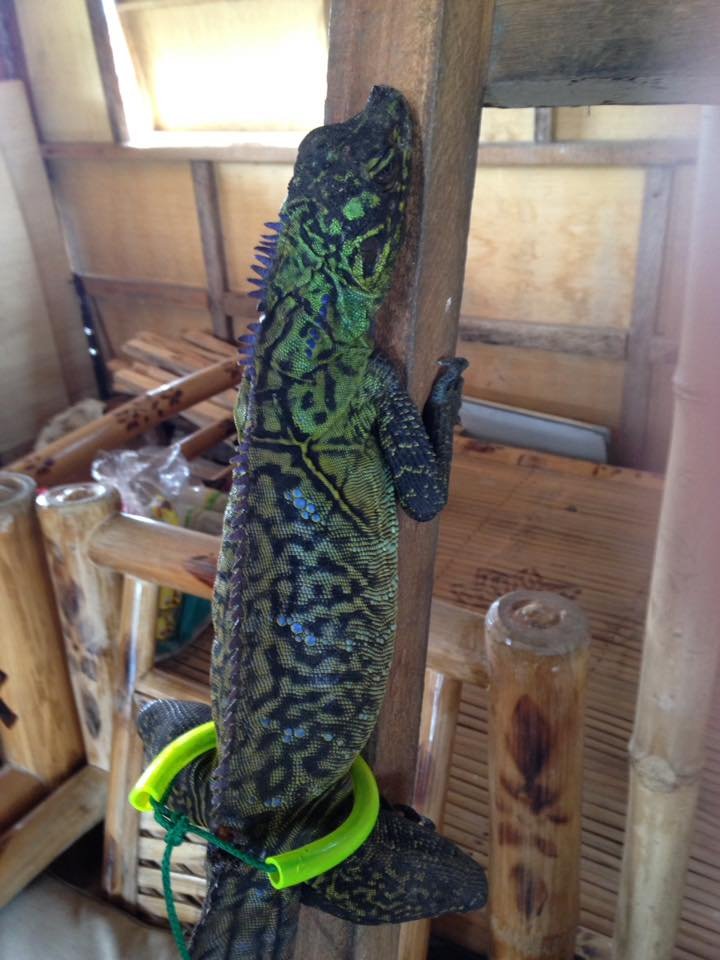
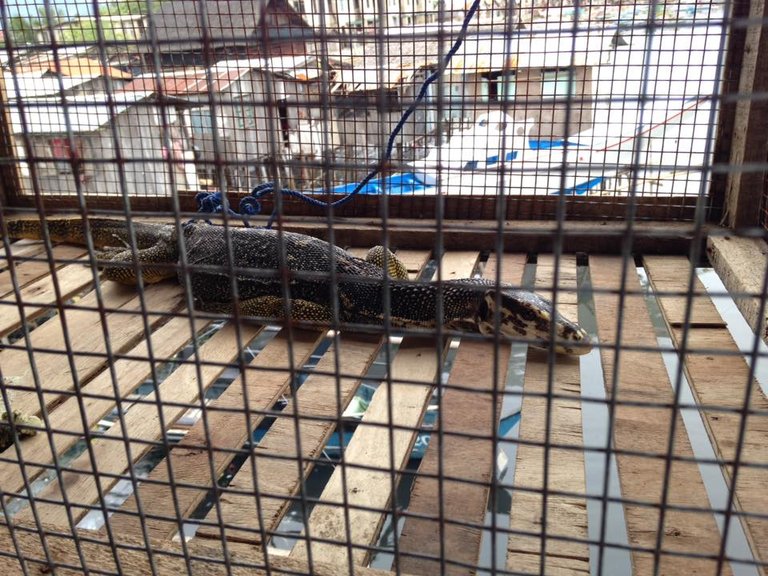
And now, we went to the their Elementary School where the wedding was held. Basically, there's an area for the Badjao community and most of them are staying at the houses built by Irish's and the school is just at the center. They normally hold community activities in this area.
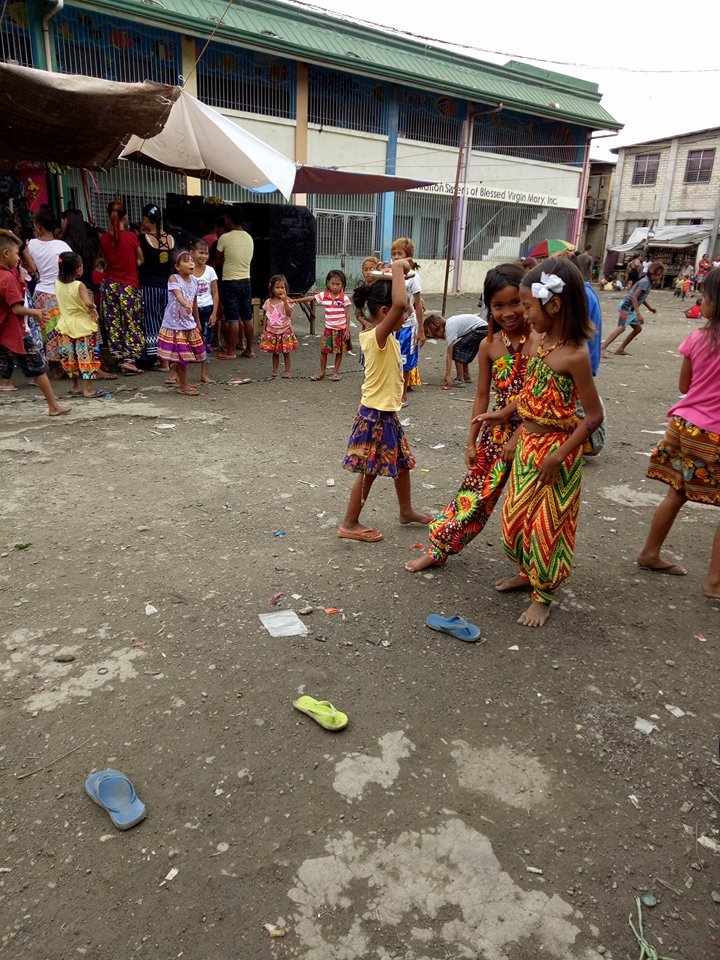

Badjao kids wearing their stylized traditional costume which is called as "patadjong" You will see most of the girls of all ages are wearing make up and their traditional costumes it's actually normal when they attend a special occasion like wedding.
As for my experiences, some of the points I noticed about the wedding and their culture are; ( i ) the closeness of their family ties , ( ii ) giving importance to the elder people attending the wedding , ( iii ) the wedding lasts up to 1 week , ( iv ) they normally hold the wedding every fridays and weekends so that many people can attend. , ( v ) it's normal to get married as early as 15 years old as long as the husband and his family can provide.
And there's a so called "Dowry" which I learned from my Badjao friend which means an offering of the guy to the family of the girl before getting married or a marriage settelement. Normally the parents of the woman asks the "dowry" from the guy. If the man can provide what the family needs, he can marry their daughter.

The newly-wed couple. They are only below 18 years old. If I am not mistaken the guy is only 16 years old and the girl is 15. Together with them are their family and relatives and people dancing below them.
Normally a traditional Badjao wedding would last up to three days or a week. They set it on weekends so that the whole community can attend. Before the ceremony starts, there will men and women dancing their traditional dance waiting for the wedding to begin. The bride looks like a doll with her white gown and white gloves with layers and layers of make up matching with perfectly blotted pink blush on the cheeks.
The groom also looks at his finest. With a simple jeans, shiny pair of shoes and the traditional white linen long sleeves. They seem really excited to tie each other for a lifetime. And of course before leaving the place, we were able to try their food sold by the vendors around the area.
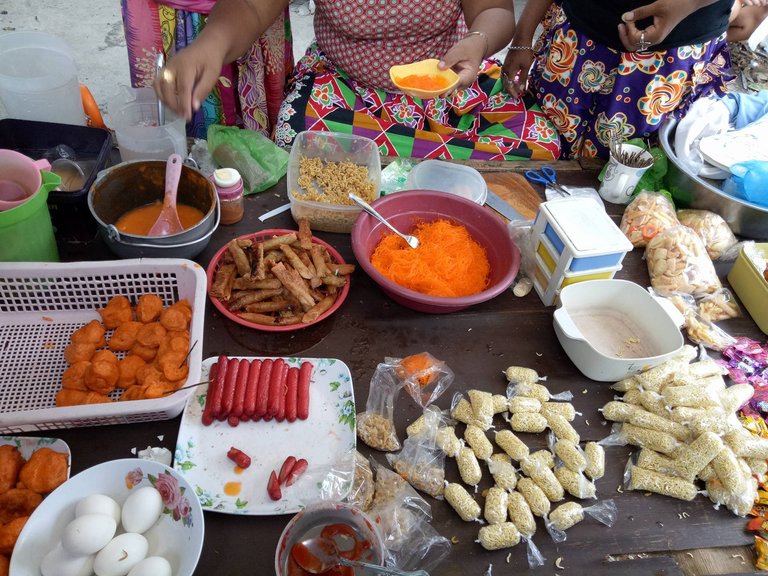
Fried street foods , raw-noodle strips and cooked Pancit canton.
Indeed, it was such a unique and interesting experience learning something about their culture and getting to know them better more than just the words defined by other people. I am very grateful for the experience meeting those wonderful people and being able to experience their way of living even just for a day.
That's basically it. Thanks for reading. I hope you enjoyed and learned something from it. If you have ever experienced visiting their community feel free to share your experiences in the comment section below. I wish you all a wonderful day. DEUCES!
Regards,
@itinerantph
Very interesting post. There are a lot of badjaos here in Cebu but I haven't seen any of their cultural practices. This is a rare experience. Thank you for sharing.
You are most welcome @mykill. Yeah there are so many Badjaos in our community. People just tend to neglect them without understanding their culture. You will really be more surprised if you happen to understand their culture, personality and how they cope up with their day to day living. I hope their voices will be heard.
Nice!
Our culture,our heritage
You are right. @jummieecutie. Thanks for dropping by. I visited your feed but you haven't posted anything yet. Hope to see your future blogs. Have a wonderful day! :)
wow.. thanks for sharing..at least now i can say that there's more to badjaos than seeing them in the streets begging or in the port (pier) jumping over the sea waters every time a boat docked for a penny..
At least we understand a bit of their culture and hope it gradually changes the misconception about them. Thanks for reading! @lucycabrejas! :)
I remember my days when i was in my province and what we do there is just fishing and swimming in the river and even if life is quite bad, were still positive above all. :)
God bless you po
Are you also a Badjao? Nice to know. God bless you din. Thanks for reading my post! Hope to interact with you more soon! :)
follow me https://steemit.com/@geography1
I've been here when I was in college Jann. We were writing a documentary as part of our school papers. I did not experience riding on their "baruto" but I had a chance to talk interview some of them - the parents and the kids. You were lucky you have experienced their wedding tradition. :)
I was thinking of writing about them on Steemit the other week naunhan ko nimo. wahahahah. :D
Hello @honeyletsgo nice to know you've been there as well! I was only invited by my friend but it was fun experience. Getting to know some of them and knowing their stories. Hope you can write yours too, let's spread awareness of the existence of Badjao Community here in Cebu!
Wow, the wedding lasts even for a week!!!! That must be daunting. Very informative article @itinerantph, never thought there are plenty of Badjao in Jai Alai. And one last thing, that Japanese man found true love in Badjao, cool!
I am a Tausog, a tribe near to badjao and I have experienced some of those ceremonies and I tell you guys it's fun. I also lived near the sea and I could really say that badjaos are great swimmers and divers unfortunately I didn't learn how to dive like them. I really like this article because it makes me reminded of my tribe. Thank you very much! Im following you... God Bless!
Congratulations @itinerantph! You have completed some achievement on Steemit and have been rewarded with new badge(s) :
Click on any badge to view your own Board of Honor on SteemitBoard.
For more information about SteemitBoard, click here
If you no longer want to receive notifications, reply to this comment with the word
STOPI guess Hiro Matsuda was the one being featured in Jessica Soho,the japanese guy who leaves Japan to marry a badjao girl.